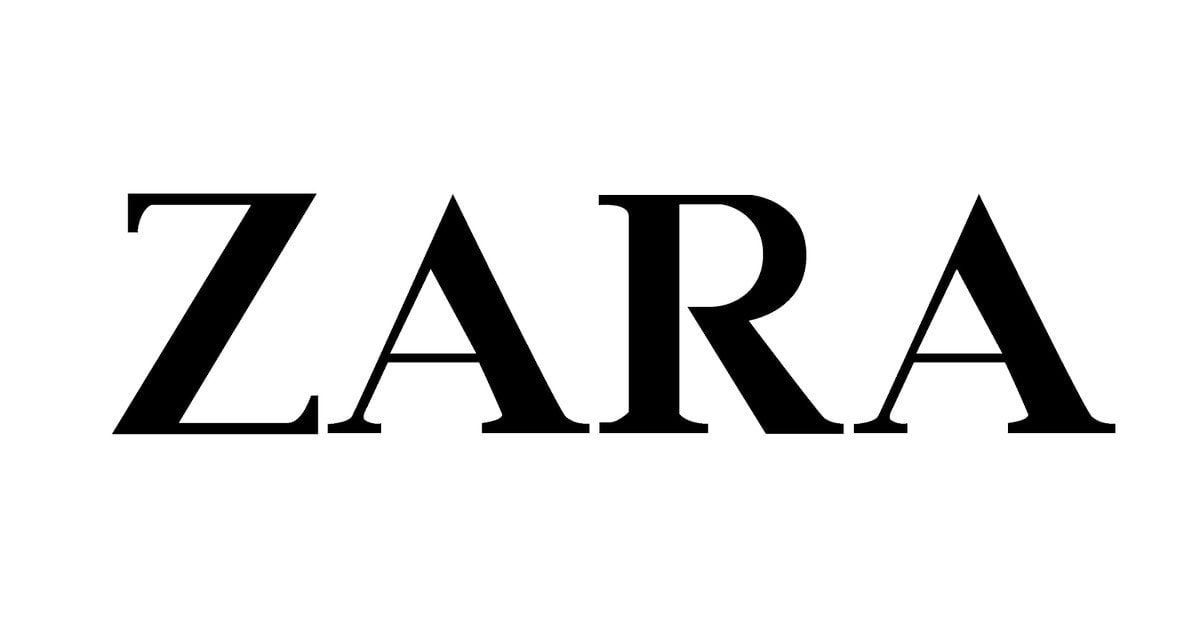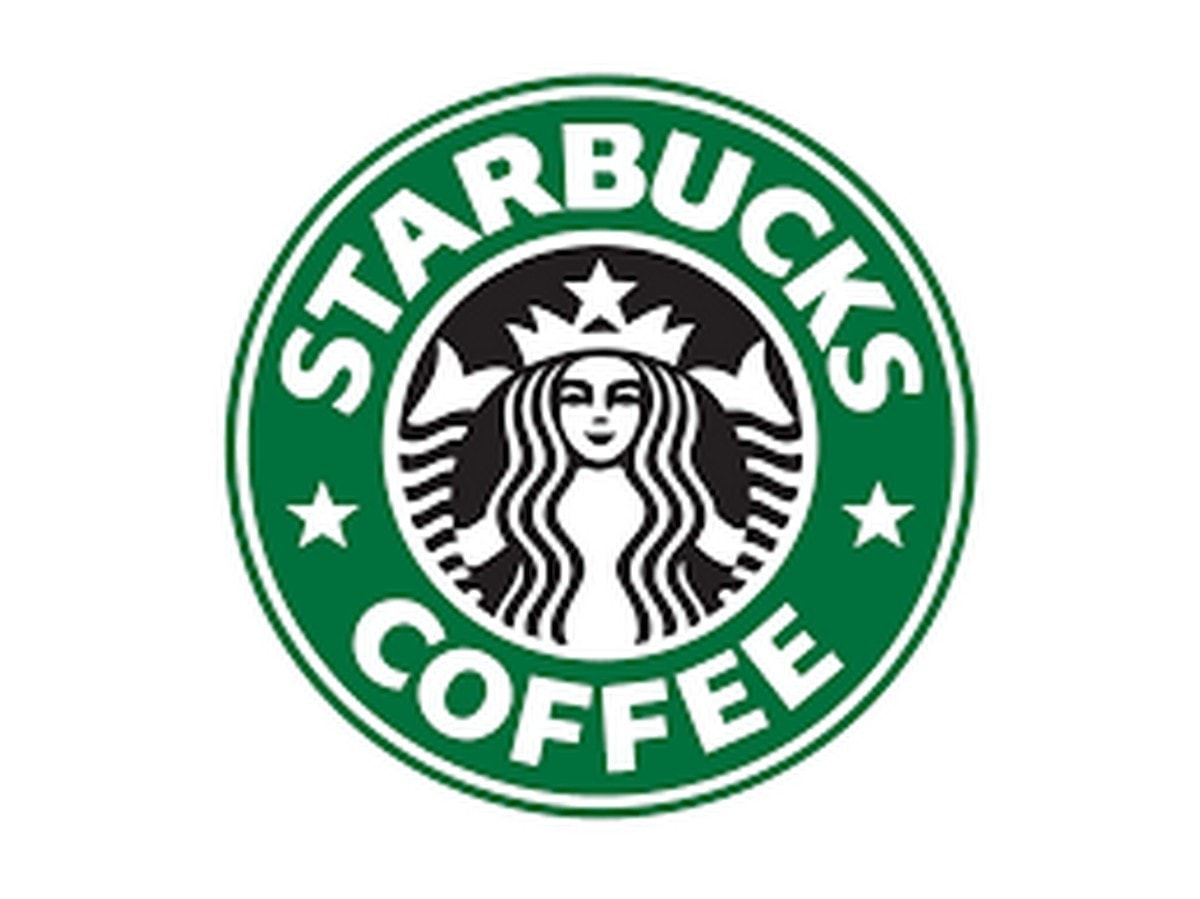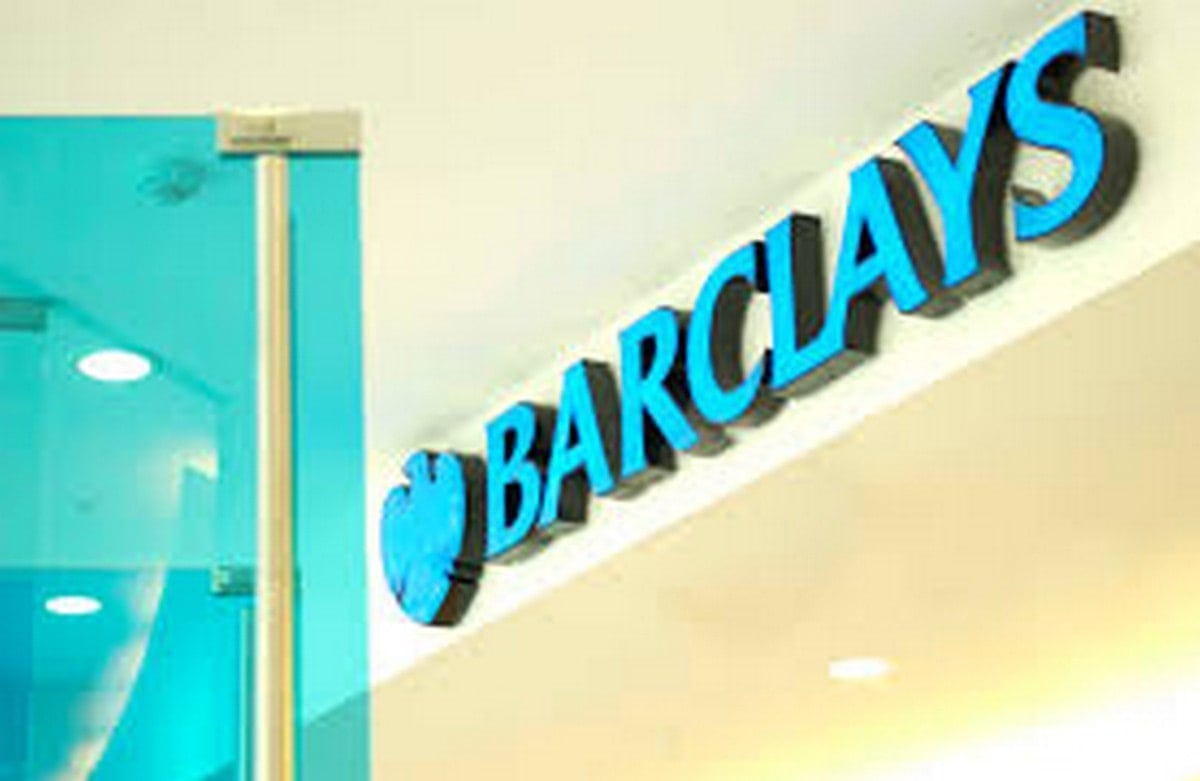
Marketing Strategy of Zara - Zara Marketing Strategy
Marketing Strategy of Zara – Zara Marketing Strategy
Handling 7000+ stores across the world and successfully popularising 8 fashion retail brands globally under its umbrella brand architecture has helped Inditex (parent company of brand ZARA) in becoming one of the world’s largest fashion retail organisations. Zara’s 1st store was opened on 1975 in beautiful European nation Spain.
Table of Contents
Segmentation, targeting, positioning in the Marketing strategy of Zara –
Zara uses a mix of demographic, geographic and psychographic segmentation strategies in order to serve the growing needs of the customers.
Zara has limited stores across the globe due to which it uses selective targeting strategies to make their products available in the market.
Usage-based positioning strategies are used by Zara to highlight its customer’s centric approach to satisfy the changing fad needs of the customers around the globe. Zara knows that its customers want new and updated trends and accordingly it targets customers based exclusively on its designs.
Marketing mix – Click here to read the Marketing mix of Zara.
Mission- “Not Available”
Vision- “Not Available”
Tagline- “Not Available”
Competitive advantage in the Marketing strategy of Zara-
Strong parent company: Inditex, the parent company of the brand Zara have a strong portfolio of 8 brands which is helping the company in nurturing each brand with its experience and strong financial base.
Turnaround time (TAT): In comparison to the other players in the market Zara makes it new product available to its stores in just two weeks of launch whereas the average TAT of the industry is 3-6 months.
Stronghold in the parent nation: Zara gets 60% of its sales (2015 data) from the European nation out of which 18 % comes from Spain.
Advertising & store locations: The most important aspect of the profitability in the retail apparel industry is the location of the stores and its advertising while in case of Zara all of its stores are strategically located in the major cities globally and advertising expenses of Zara is very low as compared to the peer companies in the industry.
BCG Matrix in the Marketing strategy of Zara –
Zara primarily deals in products lines such as clothes & accessories for Women’s, Men’s and Kids. Among the 3 line of business of Zara,
Women segment is a star on the BCG Matrix.
Men’s segment is also star due to high demand of the products yet tough competition in the market.
Kids section is question mark because there are many brands for kids which are much more famous.
Kids section is a line of business which is a question mark in the BCG matrix of Zara. Men and women’s segment is driving the growth for Zara.
Distribution strategy in the Marketing strategy of Zara –
Right from design to distribution to sales of its products through their 2100+ stores around the world, Zara operates all the business and make the newly designed products available in their stores within the span of 2 weeks.
Apart from the Zara exclusive stores, many multi-brand retail chains sell Zara’s clothing and accessories items which are helping the company in penetrating in the leading cities of the nations globally.
The supply chain of Zara is one of the biggest competitive advantage to the brand because where other retail stores take 21 days to even 2 months to get new designs in the store, Zara gets it done within 2 weeks. Plus, the stores have these new designs only for a destined period of time or till stocks last, hence movement of material is very important for a brand like Zara.
Brand equity of Zara –
Valued at $ 10.7 bn (May 2016 data) this fashion industry retail giant has bagged 53rd position in Forbes list of world’s most valuable brands.
Competitive analysis of Zara –
The fashion clothing retail industry is highly competitive with various brands such as H & M, Mango, Gucci and many other national and international brands fighting with each other in the same segment. However, the designs made by Zara are based on the consumer & market feedback which they continuously work upon to be more of the consumer-oriented brand.
Market analysis in the Marketing strategy of Zara-
The clothing retail industry is highly competitive and the changing fads, socio-economic and behavioural culture possess a major challenge for the companies operating in this industry. Back end integration, high raw material cost and advertising cost are the other factors that affect the apparel industry companies by and large.
Customer analysis in the Marketing strategy of Zara –
In men’s and women’s clothing segment customers of Zara are in age group of 15-40 years. Recently it also launched kids section in their stores across the world.










